
German 10.5 cm Flak 38 – WWII Anti-Aircraft Gun
The 10.5 cm Flak 38 was a German heavy anti-aircraft gun developed and used during World War II. It was designed to counter high-altitude bombers and provide long-range air defense against enemy aircraft. While not as widely used as the 8.8 cm Flak series, the 10.5 cm Flak 38 offered greater range and firepower, making it an important asset in German air defense networks.
Development and Design
The Flak 38 was developed as an upgraded version of the earlier 10.5 cm Flak 35, featuring improved fire-control systems, increased rate of fire, and enhanced anti-aircraft capabilities. It was designed to engage high-flying bombers at altitudes beyond the reach of the 8.8 cm guns, providing better defensive coverage for key industrial and military targets.
Key Features
- Caliber: 105 mm (10.5 cm)
- Barrel Length: L/56 (56 calibers long)
- Muzzle Velocity: 880–900 m/s
- Effective Altitude: Up to 12,500 meters (41,000 feet)
- Rate of Fire: 15-18 rounds per minute
- Ammunition Type: High-explosive (HE) shells, armor-piercing (AP) shells for ground targets
Operational Use
The 10.5 cm Flak 38 was deployed in fixed positions and mobile configurations, serving in:
- Strategic air defense batteries, protecting major cities, industrial complexes, and military installations.
- Frontline anti-aircraft units, providing long-range air cover for German forces.
- Dual-purpose roles, occasionally engaging ground targets such as armored vehicles and fortifications.
Although effective against high-altitude bombers, the 10.5 cm Flak 38 had limitations:
- High production cost and resource-intensive manufacturing limited widespread deployment.
- Lower mobility compared to the 8.8 cm Flak series, making it less practical for frontline deployment.
- Increased ammunition and logistical demands compared to smaller-caliber anti-aircraft guns.
Deployment and Effectiveness
Despite its high-altitude capability, the 10.5 cm Flak 38 was ultimately overshadowed by the cheaper and more versatile 8.8 cm Flak guns, which were easier to transport and produced in much greater numbers. Nevertheless, Flak 38 batteries played an important role in defending German cities and industrial zones from Allied bombing raids.
By 1944-1945, as the Allied bombing campaigns intensified, the effectiveness of the 10.5 cm Flak 38 diminished due to air superiority and strategic resource shortages. Many of these guns were either captured or destroyed during the final months of the war.
Specifications
- Caliber: 105 mm (10.5 cm)
- Barrel Length: L/56
- Weight: ~10,000 kg (22,000 lbs)
- Muzzle Velocity: 880–900 m/s
- Maximum Range:
- Vertical: 12,500 m (41,000 ft)
- Horizontal: 17,000 m (55,800 ft)
- Rate of Fire: 15-18 rounds per minute
- Ammunition Types: High-explosive (HE), Armor-piercing (AP), Fragmentation rounds
- Crew: 8-10 operators
Legacy
The 10.5 cm Flak 38 was a technologically advanced but resource-intensive anti-aircraft gun, reflecting Germany's efforts to counter high-altitude strategic bombing. While it never achieved the iconic status of the 8.8 cm Flak guns, it remained a key component of Germany's air defense strategy until the end of the war.
Today, surviving examples of the Flak 38 can be found in military museums and historical collections, serving as a reminder of WWII air defense technology.

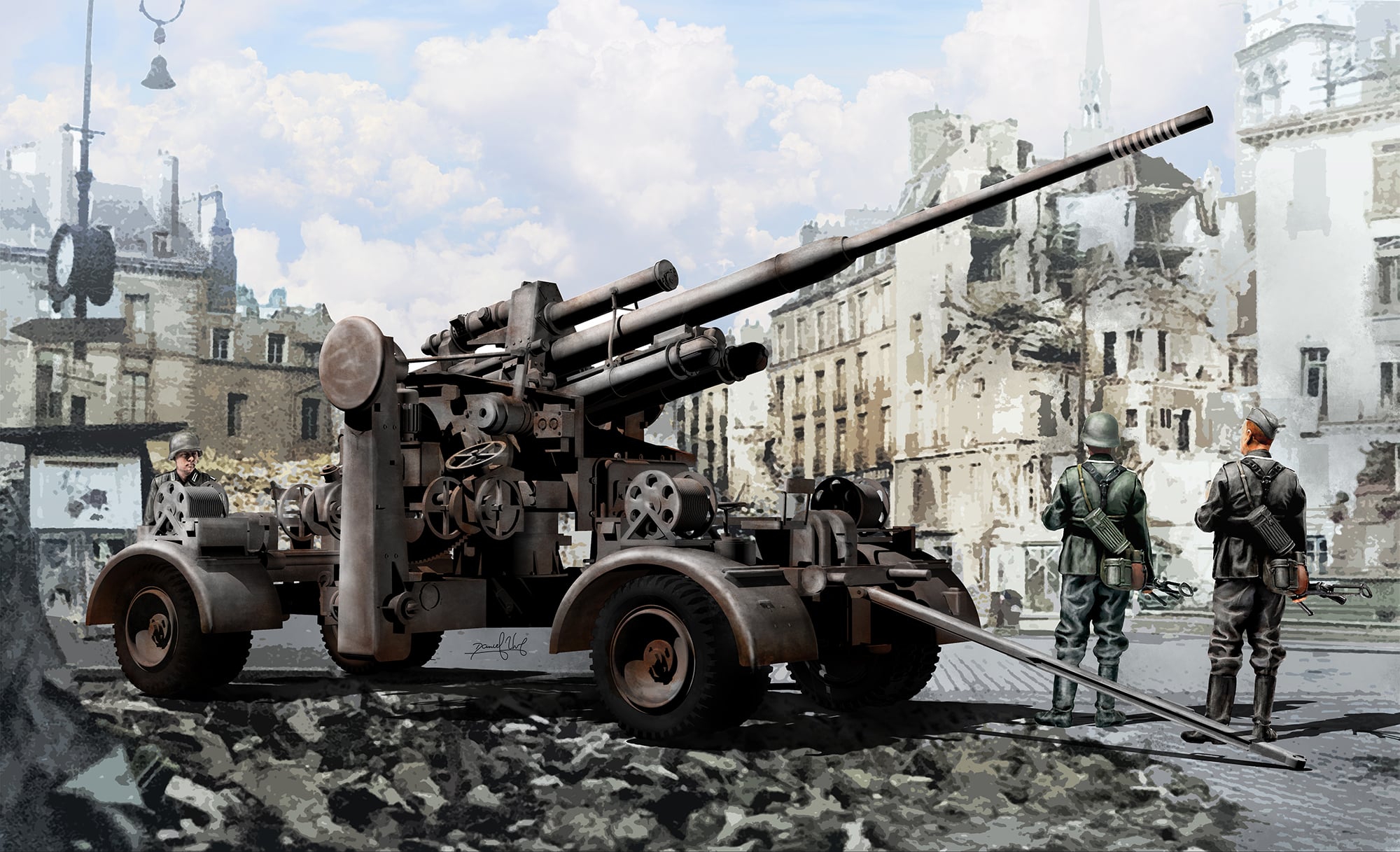
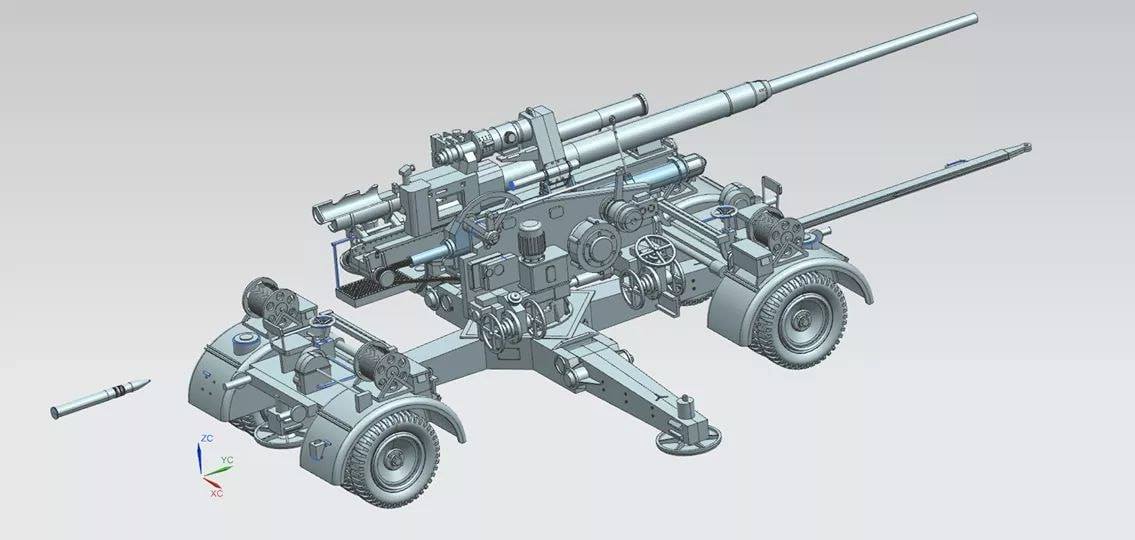
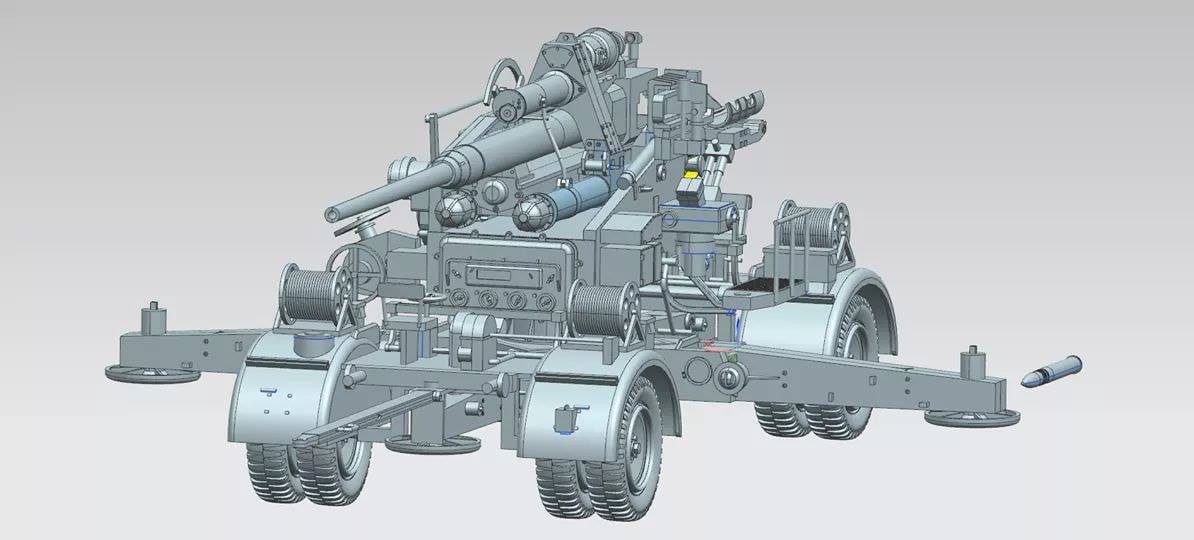
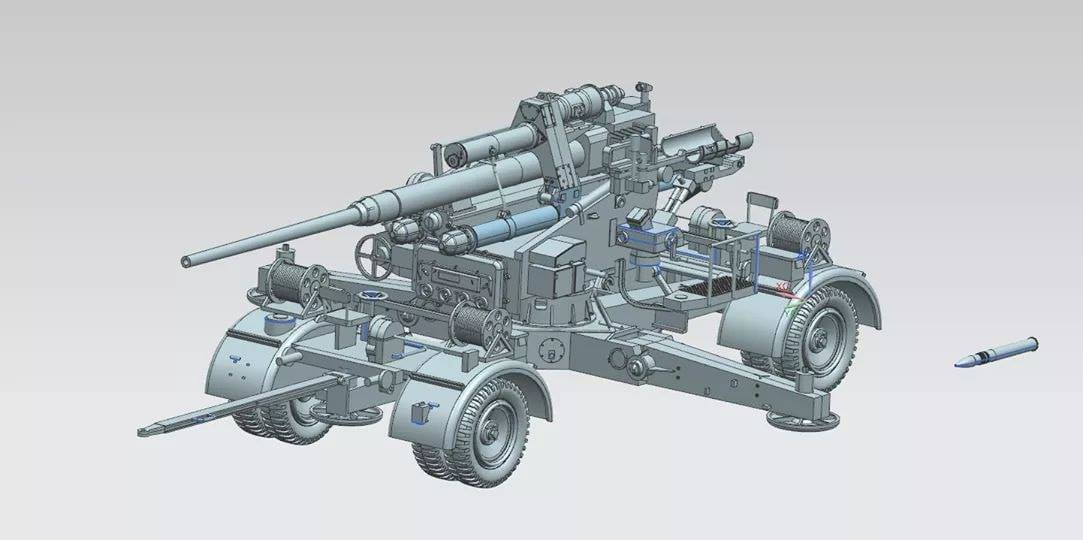
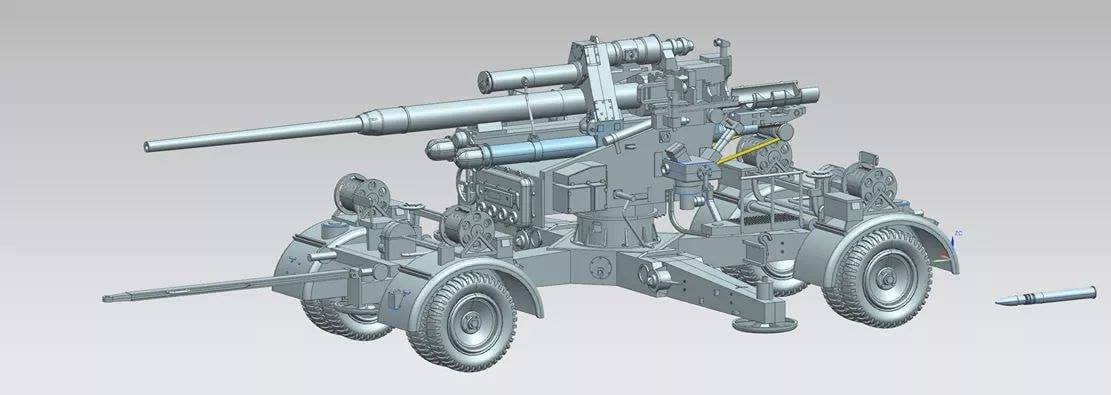
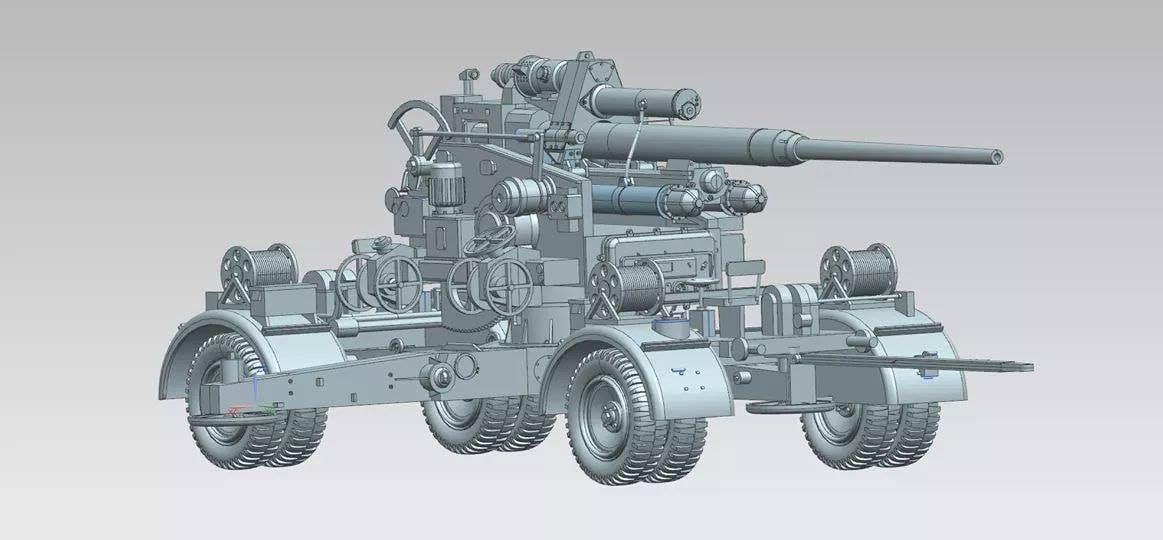
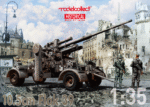












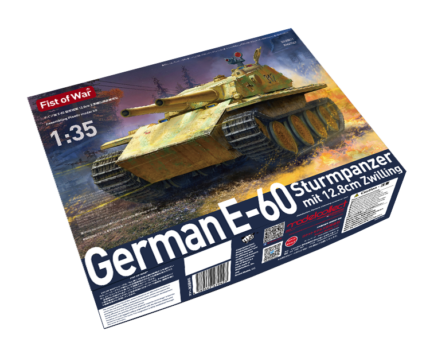





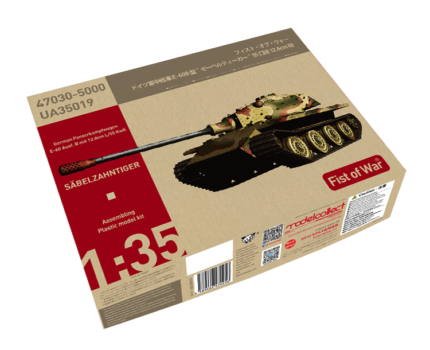
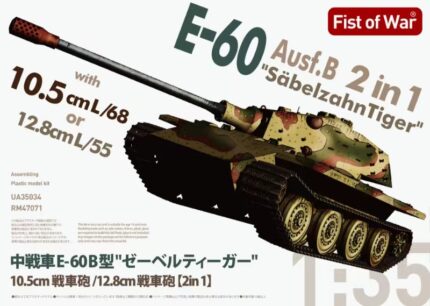

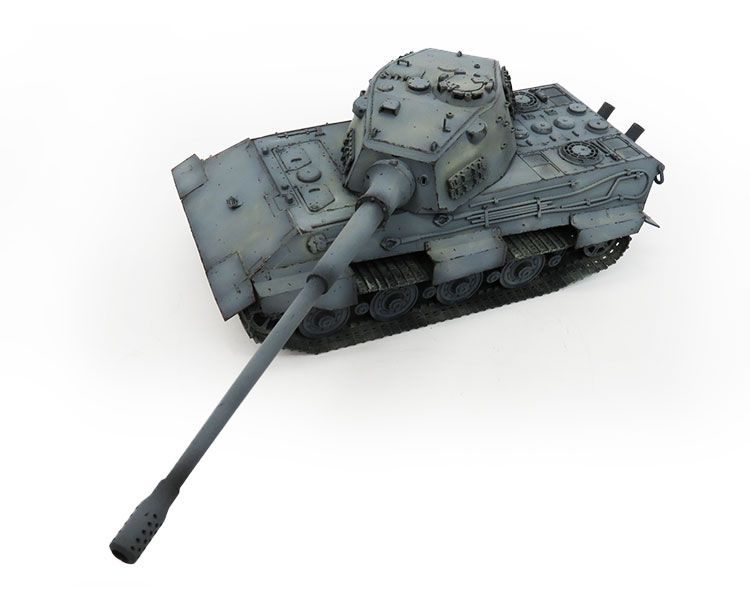

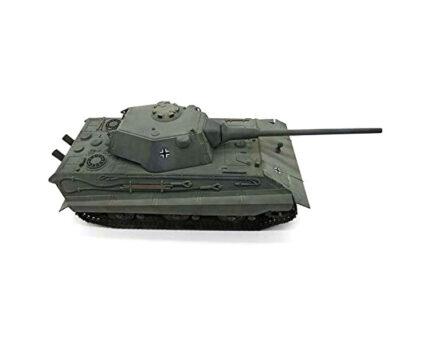
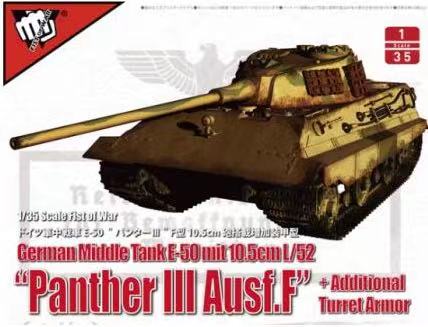
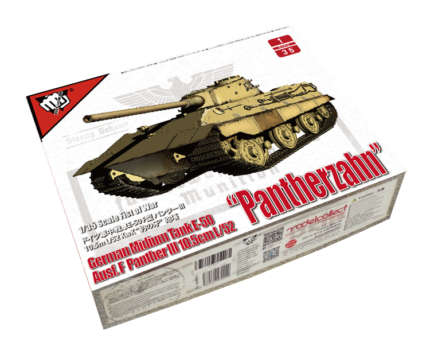
Reviews
There are no reviews yet.